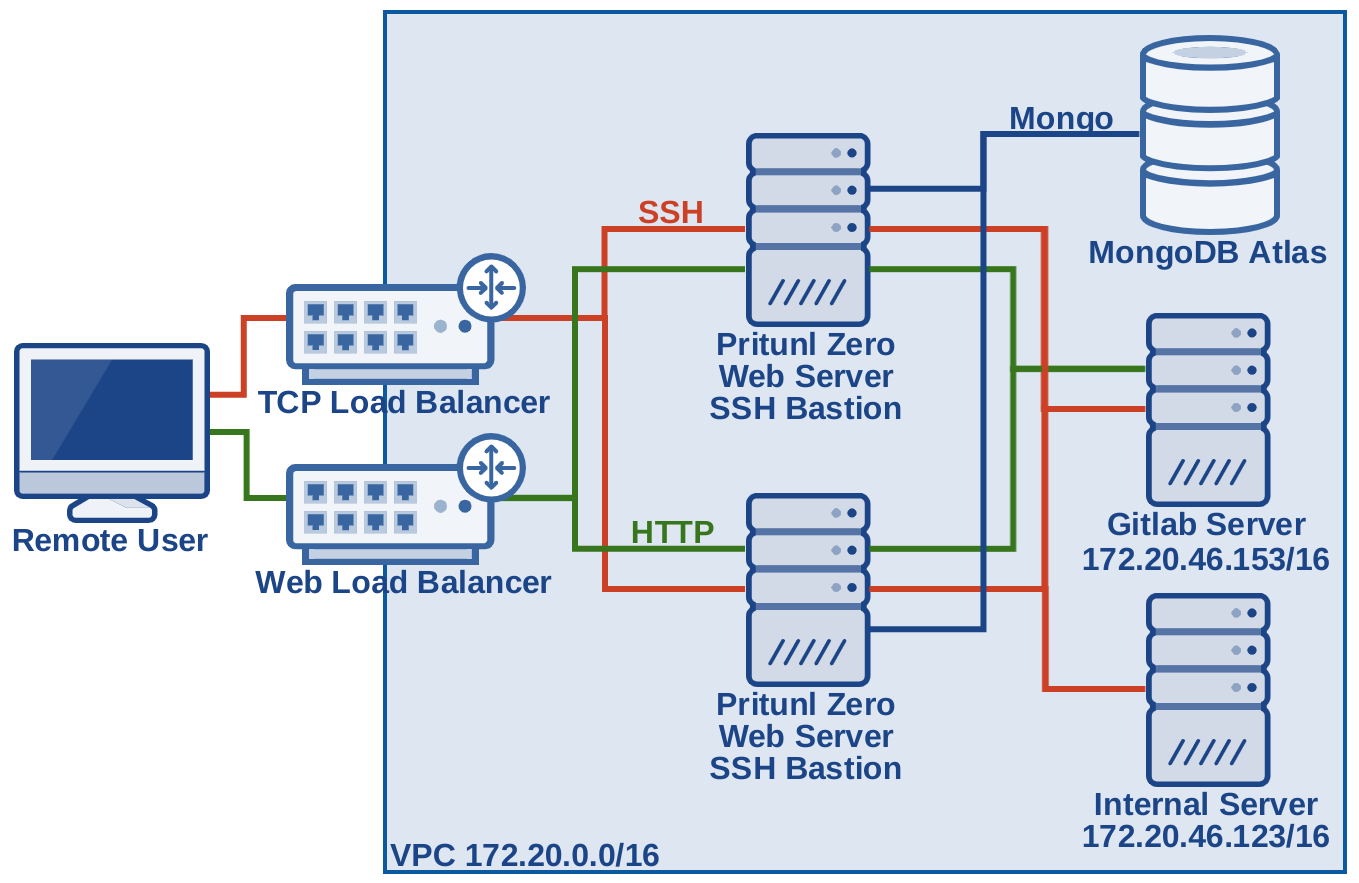
Log into your account and click on Droplets.To get started, you need to go to Digital Ocean. Now let’s go and Create Your Own VPN Step 1: Digital Ocean Digital Ocean hosts virtual servers for your DIY VPN. It allows you to use and manage the latest VPN protocol, Open VPN, to secure your connection to the VPN you’re about to create.ĭownload and install.
Use pritunl for free free#
Pritunl is an open-source, free VPN server and management tool. SFTP is an extension of the SSH protocol that adds the ability to securely send files using that same SSH protocol. 3.FileZillaįileZilla is a free client for Secure File Transfer Protocol (SFTP).
Use pritunl for free install#
It keeps the communication between the two secure.ĭownload and install PuTTY on your computer. PuTTY is an SSH client, which means that it is a secure way for a computer to connect to a remote computer on an unsecured network. This article runs through the steps for Digital Ocean, specifically. Digital Ocean doesn’t offer a free trial, but some others do. Basically, it reserves a set amount of storage, memory, and processing power for your use. A VPS uses a physical server, like any cloud server, but it splits up its computing power to individual sections or virtual servers. 1.Digital Oceanĭigital Ocean is a virtual private server (VPS) service which provides cloud computing services. Accounts and Softwareīefore you create your own VPN server, you need to get all the pieces together first.

Lots of people use paid VPN or free VPN services, but you can also create your own VPN. How do you stay secure? The best way is to use a VPN. Even if they’re not listening in on your traffic, they can still get your IP address, and there are a lot of things they can do with that. If you’re using the internet, there are all sorts of people who can snoop on your traffic. In sum, it only works partially for the different configurations.A VPN server is a key part of any privacy plan.
Use pritunl for free update#
Haven’t tried it with tls-auth, although I should be able to quickly test it out ( Will update when I have the time). It is able to read and extract the ca, cert and key values from their respective file location paths. Secondly, it fails to load the tls-crypt key file being referenced in the config. The workaround is to put those referenced files in the same directory as the config file. Thus, if you have the cert file named my-cert.crt in /home/foobar/vpn/secret and your client config file is in /home/foobar/vpn/client, Pritunl will assume that that file is in this path: /home/foobar/vpn/client/home/foobar/vpn/secret/my-cert.crt Even if you select the correct directory where those files are located, the application will prepend the current working directory to the location path. However, I have noticed that importing does not work 100% if you have the certificates and keys lying somewhere else that is NOT in the same directory as the. When importing the client profile Pritunl works flawlessly for “in-lined” configuration values in tags, e.g. However, I found another OpenVPN GUI client that supports tls-crypt. On Gnome-based desktops at the least too. But on Linux there is like almost zero outside of Network Manager. Maybe there are other third party clients or one built-in directly within Windows. On Windows, OpenVPN has an official GUI client. I am still on Xenial Xerus because of Unity Desktop. Perhaps in the Network Manager on 18.04 or 20.04 there might be one. Network Manager, on its GUI, does not have a way to use tls-crypt. I could of course configure the server to use the latter or have it not use TLS at all. The server is configured to use the newer tls-crypt option which is said to be better over tls-auth. Unfortunately, this won’t be the case for my current OpenVPN setup. network-manager-openvpn-gnome (on a Gnome-based desktop).From there one can add the VPN configuration via its GUI.


Network Manager has additional modules for OpenVPN that can be installed. Yet, I do try to avoid the command line on daily and repetitive tasks on my desktop as much as possible, that includes shell scripts if I had to. There is no difficult-to-remember options as long as you have everything written down in a configuration file (To which I say, is the sensible way to connect). Not that connecting to an OpenVPN server would be very hard via command line. That time I had no issues connecting to the VPN server without having to pull up a Linux terminal and typing in commands. In that post I also recounted how I used it for work purposes back when I was still in Singapore. Not that long ago, I wrote about creating my own VPN (Virtual Private Network) for personal use with OpenVPN.


 0 kommentar(er)
0 kommentar(er)
